d. m. allison

AIRPORT PROJECT – TERMINAL C, BUSH IAH: SKY BARS / WONDER WINDOWS/ CLOUD PORTALS / JANUARY 2019
Where did you want to go when you were 10 years old? What was your favorite thing? Our imaginations are boundless at that age. For me, as a youngster, there was nothing more exciting than getting to fly on a plane out to visit my grandparents in Sarasota FL and sitting in the window seat. A call for entries, age group 6 - 12 will be submitted through several area children's art schools for drawings seeking a response to "If you could go anywhere where would you go?" and "What would do you imagine you would find there?" The “Sky Bar,” “Window Works,” and “Cloud Portal” pieces that are proposed here are not only about our imaginations but traveling and destinations as well. All student participants would be rewarded with their own reproduction of the final artwork and recognition on an identifying wall plaque installed on site with the finished piece. I’m open to suggestions about where we could go to recruit our artists, but schools and organizations I am familiar with are listed at the bottom of this proposal. The final budget will include funds for the needed art supplies, and with guidance from the schools something for an award ceremony where our young artists are recognized for what I am sure will be pure genius. I don’t want to make this a “contest” as such. Also, please note that for the purposes of this proposal I have gleaned just such images from the internet as examples.
The “Sky Bar,” “Window Work,” and “Cloud Portals” are lenticular lens graphics constructions. If you are familiar with the funny gag glasses with the eyes that opened and close, then you are familiar with the “lenticular lens” technique. So now please forget that image. I took lenticular art to new destinations in the early 2000’s and the technology has come a long, long way in the last 60 years. It’s really a beautiful method.
I got involved with lenticular trying to solve a problem presented to me in my collaboration and printmaking studio. I worked with dozens of artists at the Redbud Gallery building over a 10-year period from 2000 through 2011. I produced work with friends Terrell James, James McGee, Richard Stout, and Ed Wilson, and sometimes worked digitally at a distance as was the case with Cora Cohen in New York. We were always pushing the boundaries of the usual printmaking and digital printing techniques in the studio. With each new artist, a new challenge. Every once in a while, an artist would present me with a real head scratcher, as was the case with Nancy Kienholz. The initial image was one of her, and another of her late husband Ed Kienholz, scanned from historical documentation done in the early 1970s. We had no good way to have one image morph into the other as desired with any regular studio techniques. You’ll see why we really wanted to do this when you see the finished example included with this proposal. Art historian David Brauer suggested using what he used to find as a surprise in a Cracker Jack box; an eye that would open and close printed on a little square card. I did the research, installed the needed programs to build the animations in my computer, and then developed a good relationship outside the studio for the actual printing. I acted as Nancy's computer jockey for the better part of a decade, logging hundreds of hours on the internet, gleaning material, and collaging hundreds of images into dozens of large format lenticular lens graphics. A whole new series of works were created for Kienholz using this technique.
Lenticular lens graphics have come a long way since the funny Cracker Jack surprises. They can accommodate up to 32 frames of animation, with a vivid color palate, high resolution, and reach sizes of 4 by 8 ft. per tile, and as I did with the Kienholz pieces can be tiled together to create even larger works up to billboard-size. A number of examples of finished works from these collaborations are included as a link to .gif animations with this proposal. A link will be provided to those images with my proposal image list.
Window Work pieces are lenticular lens graphic panels surrounded by window framing suggesting big skies as seen through tall windows. The Cloud Portals are round over-sized windows surrounded by fabrication suggesting travel on an imaginary vessel and a place to gaze out from. Both ideas incorporate the images appearing and disappearing in the blue skies and puffy clouds our young artists have imagined they might go and what they would find there. Many of the proposed locations for art in Terminal C would work very well with these two ideas.
The Sky Bars are proposed for the expanse enclosed by the window wall at Terminal C, location three. This would be an arrangement of columns rising up from the floor of various heights and dimensions. These towers are still incorporating the images of the student’s ideas, blue skies, puffy clouds, but would also include lenticular surfaces dedicated to a purely aesthetic element of intermittent kinetic vertical rainbows.
Allison printmaking demonstration, National Museum Belgrade 1989
Ever since I was old enough to mark up the walls with a Crayola I've always wanted to draw, on something, or make something, and have had the privilege to do so for a long time. Even during the years with my collaboration studio located in the Redbud gallery building, and subsequently my Nau-haus gallery on 11th Street here in Houston, and DM Allison on Colquitt, I've never seen much difference about what my motivations are. I just like to do something creative.
My immediate reaction when someone wants an oral statement about my visual artwork is point to the wall and say I just did that; do you want me to do it again? I can do it better there on the wall than I ever will be able to on paper.
So, if I had to reflect, my visual art has always been a reaction to my surroundings, where I'm at, who am with, and what else I'm doing. Strangely enough I find solitude in a crowd, calm in a storm, and inspiration from working with other artists. There's really no particular train of thought or style that is some silver thread through my process over the last 40 years. I’ll play with anything at hand. When I look at my work, I'm pretty sure there's more than one of me residing behind these eyes. Sure, there are brackets in time as I look back, but by now they seem more like episodes, more about circumstances than about direction, more situation than intention, more about curiosity than style.
After closing my gallery on Colquitt late in 2016 I have banged around in a couple of directions, but life keeps bringing me back to being a “maker,” and of course always a supporter, but at present it’s important to me to be in the studio. To that end, I have set up a creative living and working situation, with a place to make, a place to live, and a place to play, complete with a couple of guitars.
I hope this doesn’t sound flippant. I am very serious about working on many ideas that have been waiting for me to have time to get started on. Knowing I couldn’t do the galleries and my own work at the same time, I had “hung up my brushes” for a while, and am starting back where I left off with the lenticular lens animations. In the early ‘80’s I was an etcher, in the ‘90’s a large format intaglio artist, in the 2000’s I worked in tandem with other artists in my studio for about ten years through 2010, and 2011 through 2016 it was all gallery owner all the time. That got old and so did I. I’ve had a year or so to reflect, and if I ever have the privilege again, I’d like to be an artist.
The lenticular lens examples below are .GIF animated facsimiles of lenticular animations. The actual lens experience is a completely smooth transition between frames dependent on the slightest movement of the viewer. Lenticular lens graphics have come a long way since the funny Cracker Jack surprises. They can accommodate up to 32 frames of animation, with a vivid color palate, high resolution, and reach sizes of 4 by 8 ft. per tile, and as I did with the Kienholz pieces can be tiled together to create even larger works up to billboard-size. The first two examples of my own work are "flip" animations, and when viewed on site demonstrate a completely fluid transition between frames.
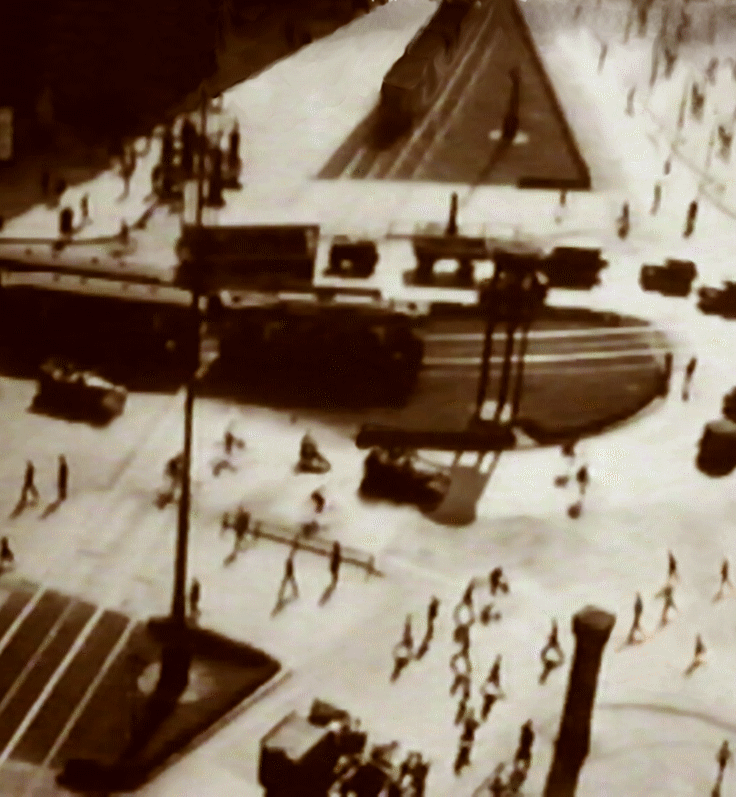
Dan Allison, lenticular lens graphic, framed 32" x 28" 2008
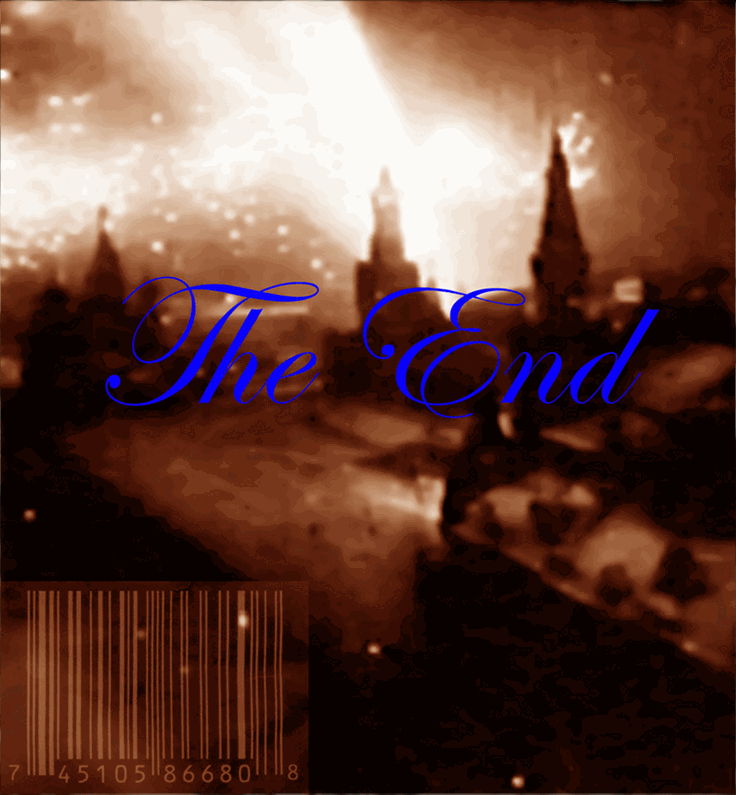
Dan Allison, lenticular lens graphic, framed 32" x 28" 2008


example of children's drawings and cloud animation for "Wonder Windows" and "Cloud Portals"

example of Sky Bar rainbow effect


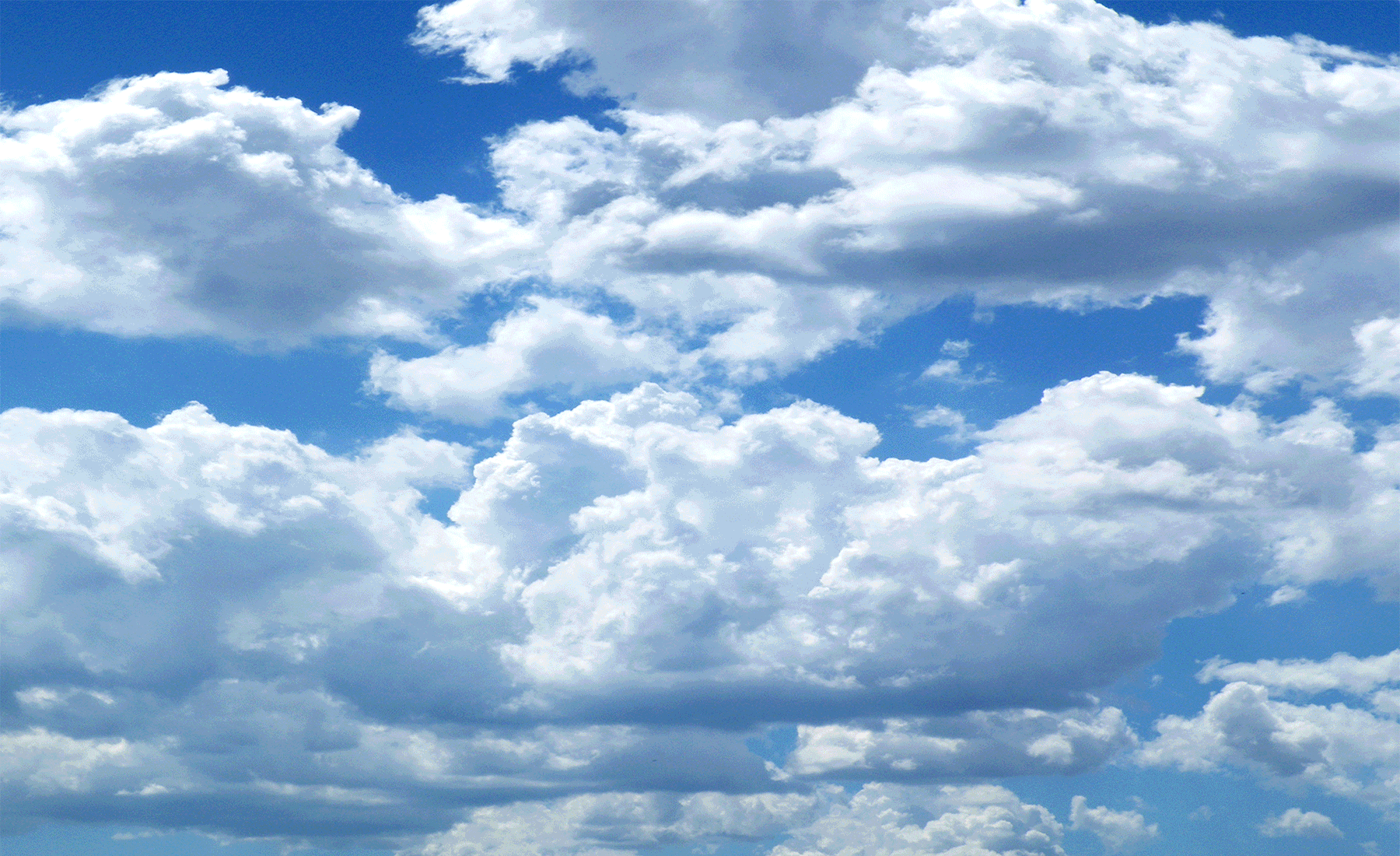
example of children's drawings and cloud animation for "Wonder Windows" and "Cloud Portals"




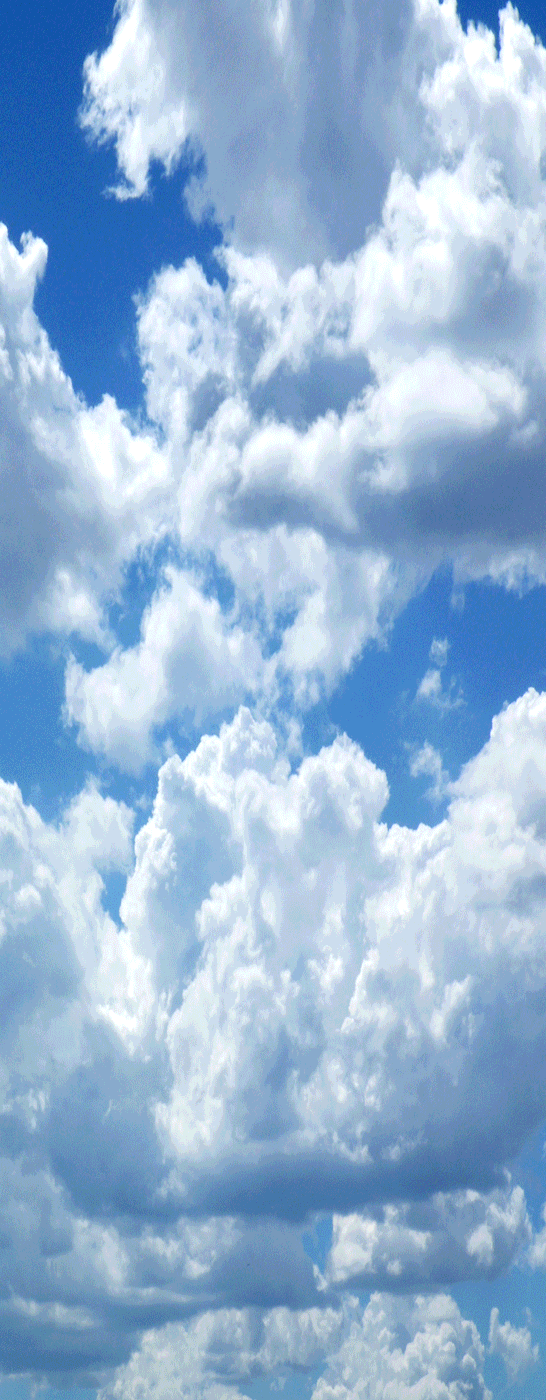
example of children's drawings and cloud animation for "Wonder Windows" and "Cloud Portals"

Tall Wonder Windows
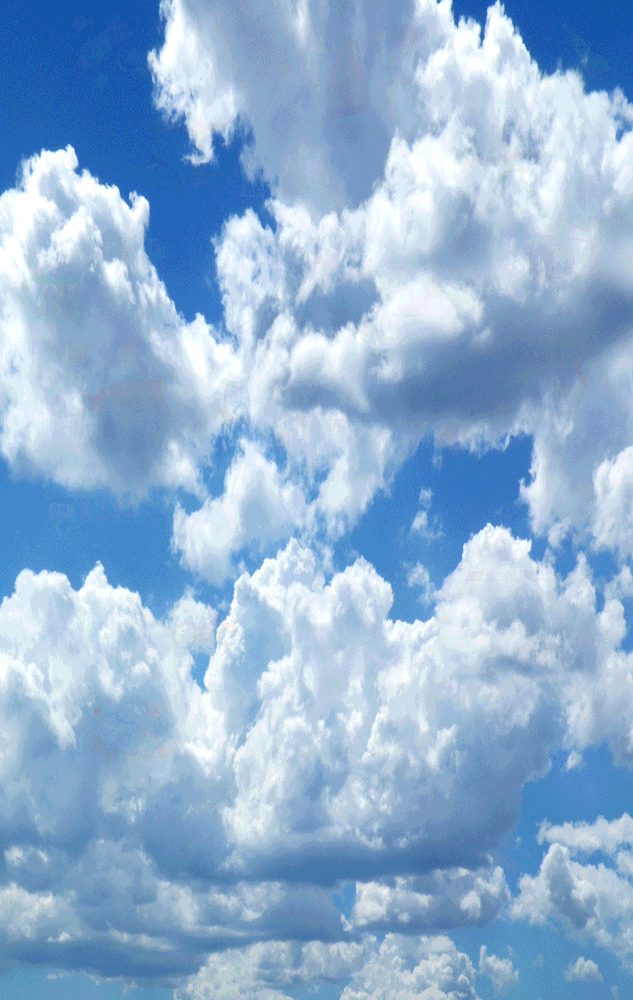
example of children's drawings and cloud animation for "Wonder Windows" and "Cloud Portals"

Rainbow Sky Bars

d. m. allison lenticular lens collaborations
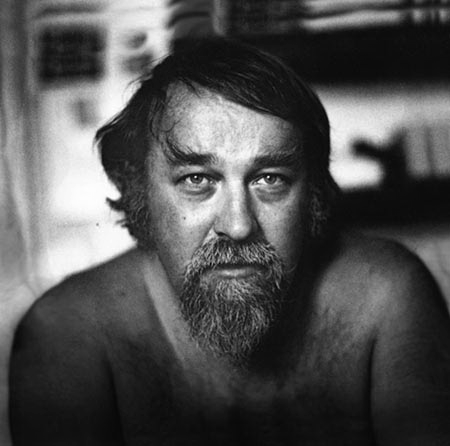
lenticular lens graphic, framed 20 x 30 inches (Kienholz)
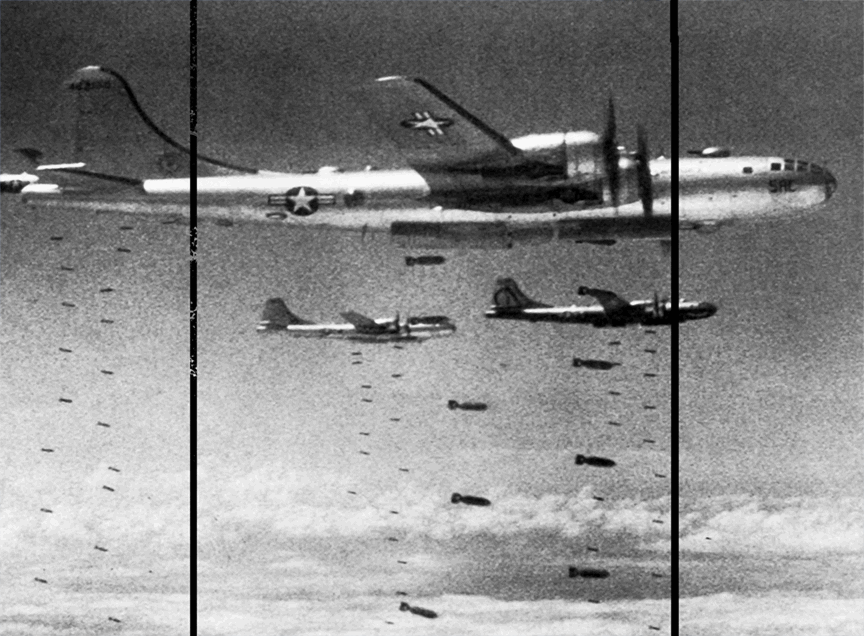
lenticular lens graphic, 3 panels framed 72 x 96 inches (Kienholz)

lenticular lens graphic, framed 96 x 48 inches (Kienholz)
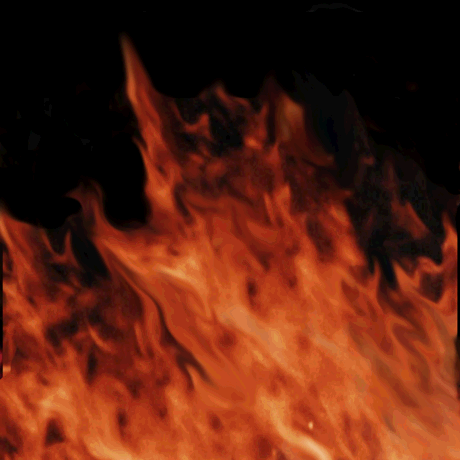
lenticular lens graphic, framed 24 x 24 inches (Kienholz)
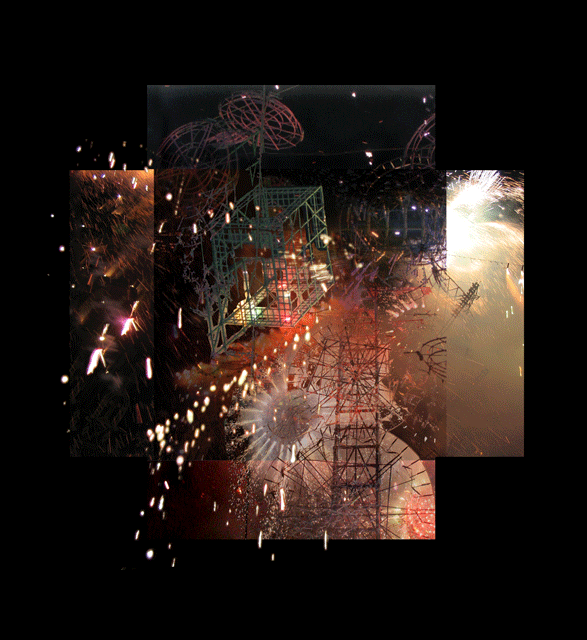
lenticular lens graphic, framed 30 x 30 inches
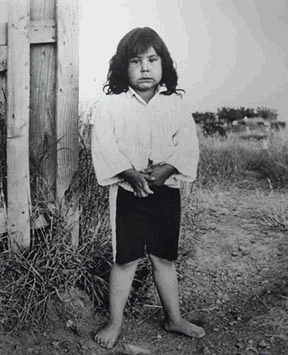
lenticular lens graphic, framed 48 x 36 inches (Kienholz)
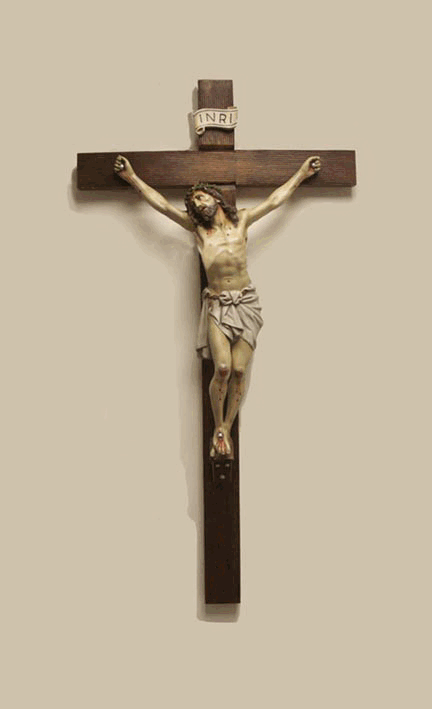
lenticular lens graphic, framed 24 x 18 inches (Kienholz)

lenticular lens graphic, framed 40 x 40 inches (Kienholz)
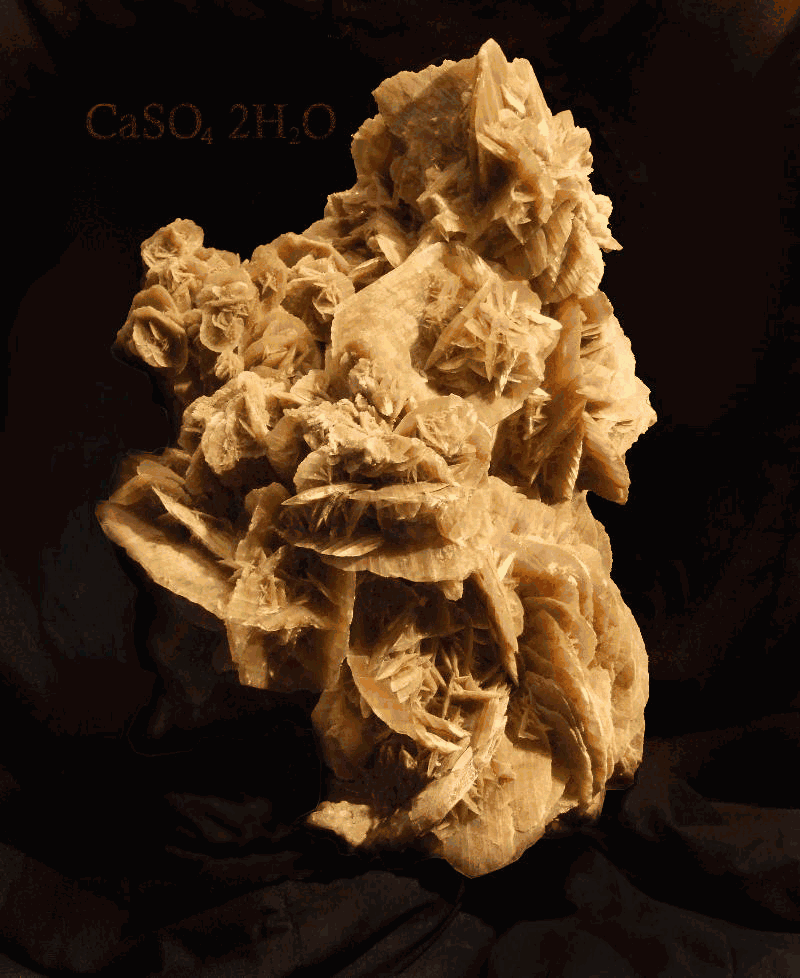
lenticular lens graphic, framed 40 x 30 inches
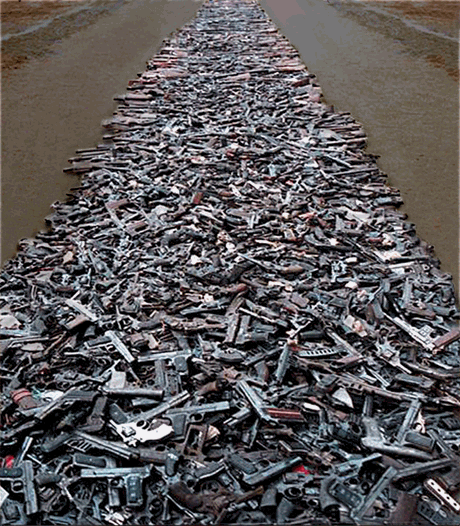
lenticular lens graphic, framed 60 x 48 inches (Kienholz)

lenticular lens graphic, framed 48 x 32 inches (Kienholz)

lenticular lens graphic, framed 60 x 48 inches (Kienholz)

lenticular lens graphic, framed 32 x 30 inches (Kienholz)
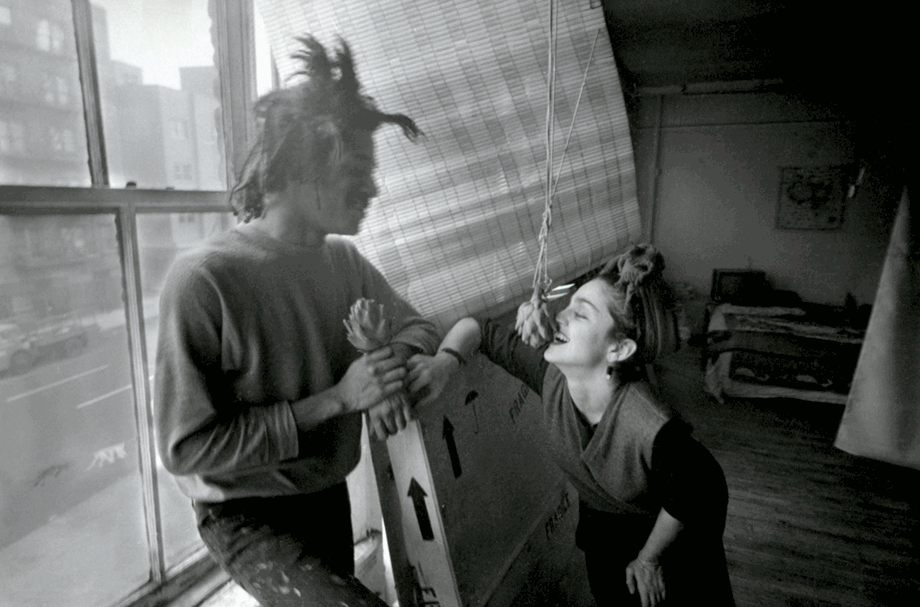
lenticular lens graphic, framed 30 x 36 inches
d. m. allison 1976 - 2005 / printmaking & painting
Site Introduction --- K..Vanesian, arts writer,. Phoenix, AZ, USA, 7/18 /1999 Over the last twenty years, artist Dan Mitchell Allison has established an international reputation for printmaking that places him in league with some of the most important late 20th century artists to have worked in the print medium. Born in Houston, Texas in 1953, the 46-year-old printmaker and painter continues to live and work there, still remaining an integral part of the lively Houston art scene while garnering attention throughout the United States, as well as overseas. Allison's prints are included in major museum and private collections throughout the world, including the U.S., Europe and Asia. Achieving worldwide critical acclaim for his printmaking, Allison was the recipient of the prestigious 1987 Grand Prix award for the 17th Biennial of Graphic Art sponsored by the Ljubljana Museum of Modern Art in the former Republic of Yugoslavia. The artist's award winning, three panel collographic triptych, "Between Heaven and Earth," was selected from more than 1800 entries submitted from 57 countries. Past recipients of Ljubljana print award honors include Joan Miro, Karl Appel, Jasper Johns, Robert Rauschenberg, Frank Stella, James Rosenquist, David Hockney, Victor Vasarely, Antonio Berni, Antoni Tapies, R. B. Kitaj, Sol Lewitt, Joe Tilson, Edward Ruscha, David Salle, Susan Rothenberg, A.R. Penck, Mimmo Paladino and John Baldessari. In September, 1998, a major retrospective of Allison's prints, paintings and mixed media work was mounted by the newly opened Modern Museum of Viejo in Belgrade, Yugoslavia.
Allison first made his mark on the art world in the late 1970's with his instantly recognizable aquatint etchings, created through a revolutionary, one-plate, three-color printmaking process the artist pioneered and refined while attending Sam Houston University in Huntsville, Texas. The artist earned a Bachelor of Fine Arts degree with an emphasis on printmaking from the university in 1978. Allison's early, largely autobiographical etchings were notable for their cartoon-like style and exuberant, luminous hues, demonstrating a depth, intensity and clarity of color never before accomplished using traditional aquatint processes. Many of these works displayed an unabashed romanticism, sardonically grappling with the artist's often tumultuous interpersonal relationships with wry humor. Technically demanding, etching editions for this early work were small, numbering between 5 and 65.
Heavily influenced by religious and regional iconography of Mexico and South Texas, as well as the dreamlike surrealism of French painter and printmaker Marc Chagall, Allison's complex, yet easily accessible, etchings began to evolve dramatically in the late 1980's and early 1990's. It was during this period the noted printmaker left behind highly saturated color, naive style and personal subject matter, exploring more spiritual, less subjective themes in large-scale, heavily textured collagraphs executed in a somber, highly restrained palette reflective of worldly, globally-connected concerns. Using Masonite as a base plate, Allison developed his imagery -- much of which made reference to iconography appropriated from mass media, current events and literary sources -- by building up the plate surface with an assortment of unconventional materials: glue, carborundum, sandpaper, varnishes, lacquer, metal filings, fabric, chewing tobacco and sawdust. Because of the inherent fragility of Allison's collographic plates, many of the images pulled from them are limited to very small editions.

Mixed Media, oil on canvas panels, 30"x 30" each, 90" x 90" with globes, 1993

3 color reductive aquatint etching, deckled edge, in storage since it was made on German copperplate paper "Eh Tu Bato?" 18"x 15" ed. 35, 1991

3 color reductive aquatint etching, on German copperplate paper 30"x 20" ed. 35, 1982

3 color reductive aquatint etching, on German copperplate paper 24"x 30" ed. 35, 1982

3 color reductive aquatint etching, on German copperplate paper 18"x 24" ed. 35, 1978

3 color reductive aquatint etching, on German copperplate paper 32"x 24" ed. 35, 1988

Mi Abuela Sin Ropas" 3 color collograph, hand colored in the plate during three consecutive passes through an etching press, in yellow, red, and blue deckled edge, 26"x 22.75" 1997

3 color collograph, hand colored in the plate during three consecutive passes through an etching press, in yellow, red, and blue deckled edge, on Rives BFK paper, Edition number 15 VAR y. 1998

3 color collograph 27 x 24 inches, 1999

polymer photogravure, AP 2001

_29 x 37 inches, Polymer Photogravure, 2004

lenticular lens graphic, framed 32" x 28" 2008

lenticular lens graphic, framed 32" x 28" 2008

3rd edition, 40 x 30 inches, 3 color collograph, ed. 12, 2005

3 color reductive etching, 20 x 30 inches,1987

3 color reductive etching, 24 x 36 inches, 1984

1993, oil on canvas, 29 x 26 inches

oil on canvas panels, 90 x 90 inches, 1993

3 color collograph, 36 x 33 inches, 1999

3 color collograph on paper & canvas, seen here un-stretched, ed. 3, 1988

woven maps and oil, 30 x 30 inches, 1989

oil and acrylic on Janson's Art History pages and canvas, 60 x 60 inches, 1988

woven maps and oil, 60 x 60 inches, 1989

oil on canvas panels, high lacquer black construction frame, 38 x 40 inches

3 color collograph, 40 x 30 inches, 1998

woven maps and oil, 30 x 30 inches, 1989

3 color collograph, paper on canvas, 60 x 60 inches, 1997

3 color collograph, paper on canvas, 73 x 60 inches, 1988

woven maps, 32 x 32 inches, 1991

woven maps and oil, 30 x 30 inches, 1989
In 1976 Dan Allison was among a hand full of Texas artists receiving grants for large scale outdoor art projects with Mel Chin, James Surls, and John Alexander by the Houston Texas Main Street Art Fair and Houston's Museum of Fine Arts. A self destructing environment installed at Houston's Miller Theater, and based on the works of Jean Tinguely the Disposable Circus satirized the mindless overproduction of material goods in advanced industrial society. 100,000 sq. ft. of white corrugated cardboard and 2,000 cardboard domino blocks went into making the Disposable Circus project. The main contributor was Bubba Levey and his Houston Corrugated Box Company. Pictured below (4th image) are Some of the Sam Houston State University crew including artists Dan Allison and Jay Graves. More documentation soon!
d. m. allison The Disposable Circus

In 1976 The Main Street Festival in conjunction with the Museum of Fine Arts Houston Sponsored 6 artists grants for large scale outdoor art projects

These were the elements that actuated the triggers to set off events during the performance

Pictured above at Houston's outdoor Miller Theater, and based on the works of Jean Tinguely the Disposable Circus satirized the mindless overproduction of material goods in advanced industrial society.

After six weeks our art team from Sam Houston State University was finally on stage. Pictured here are artist Dan Allison and Jay Graves.


"I created something to sell to fund the project"

This work depicted the events of the opening day, the stormy weather, and the 24 cardboard towers with the freeway ramps and domino blocks


More than 100,000 sq. ft. of went into the Disposable Circus project. The main contributor was Bubba Levey and is Houston Corrugated Box Company

The towers were made up of individual elements, some threw paint (pictured here) some shook violently, some threw colored paper streamers. Jean Tinguely would have been proud.

Like the Paint Tosser the elements would be "loaded" before going on stage for the performance.

Much of the initial documentation for this first performance has been lost. This is what it looked like the next morning .... more documentation coming soon!

